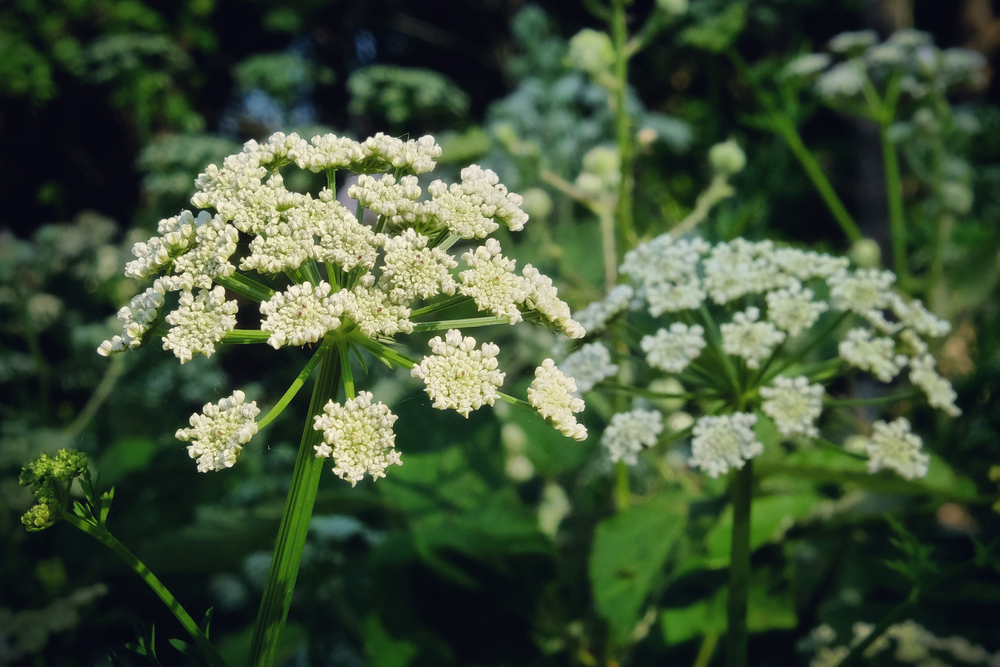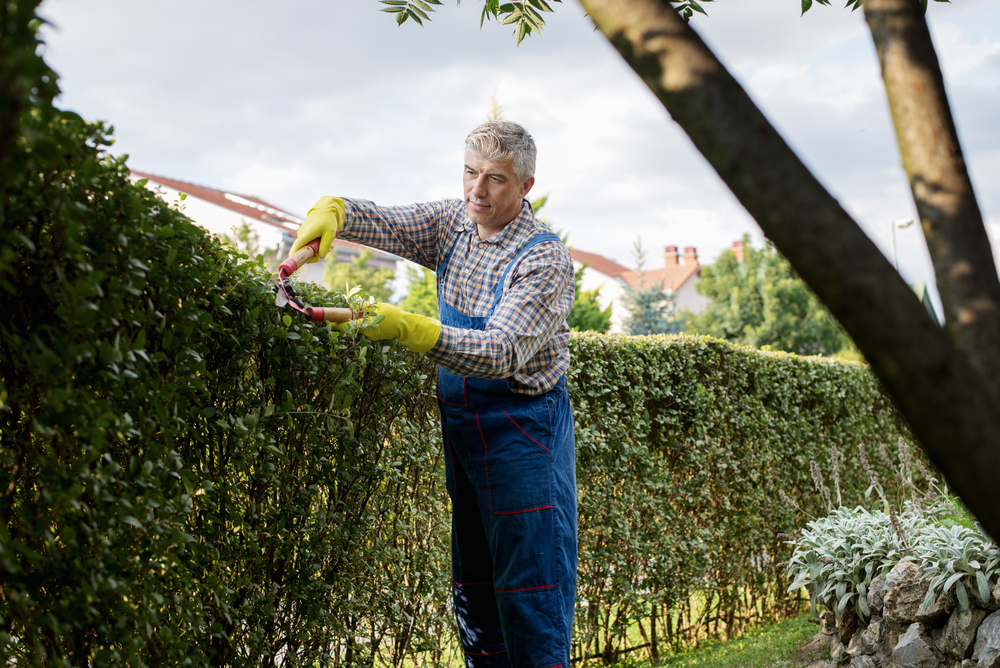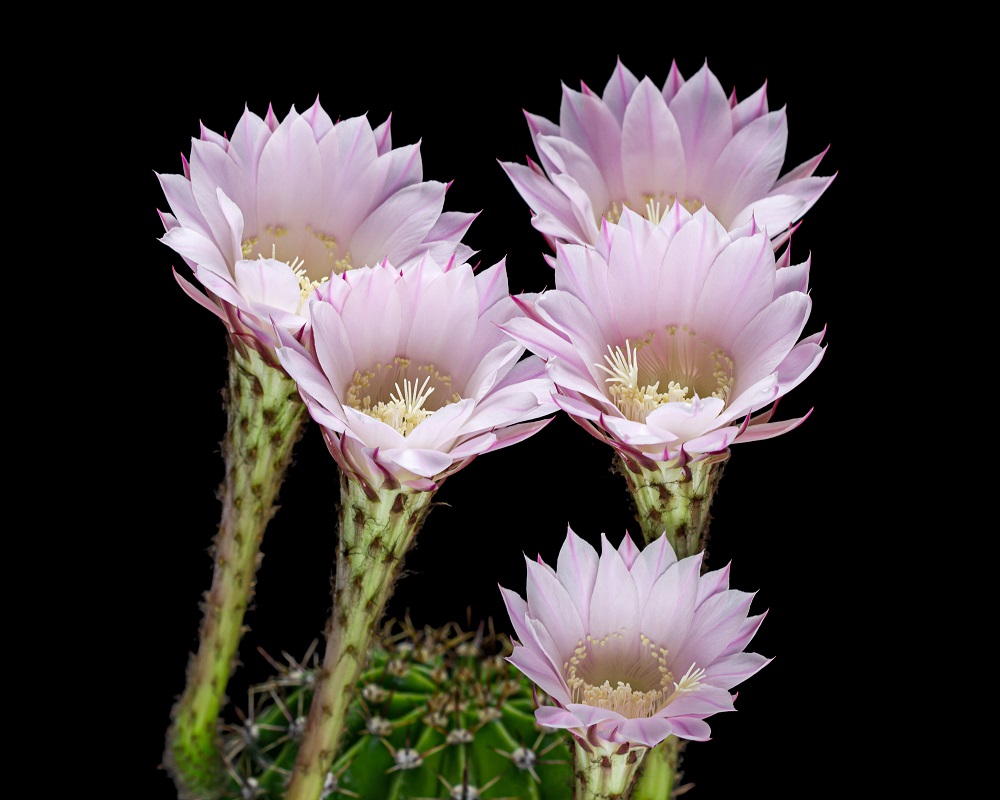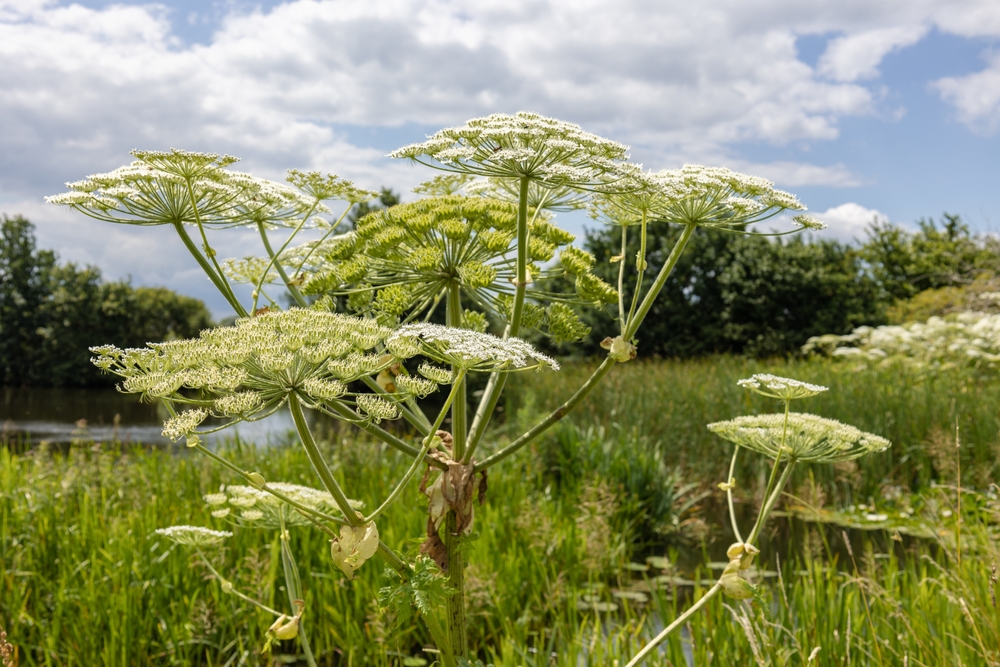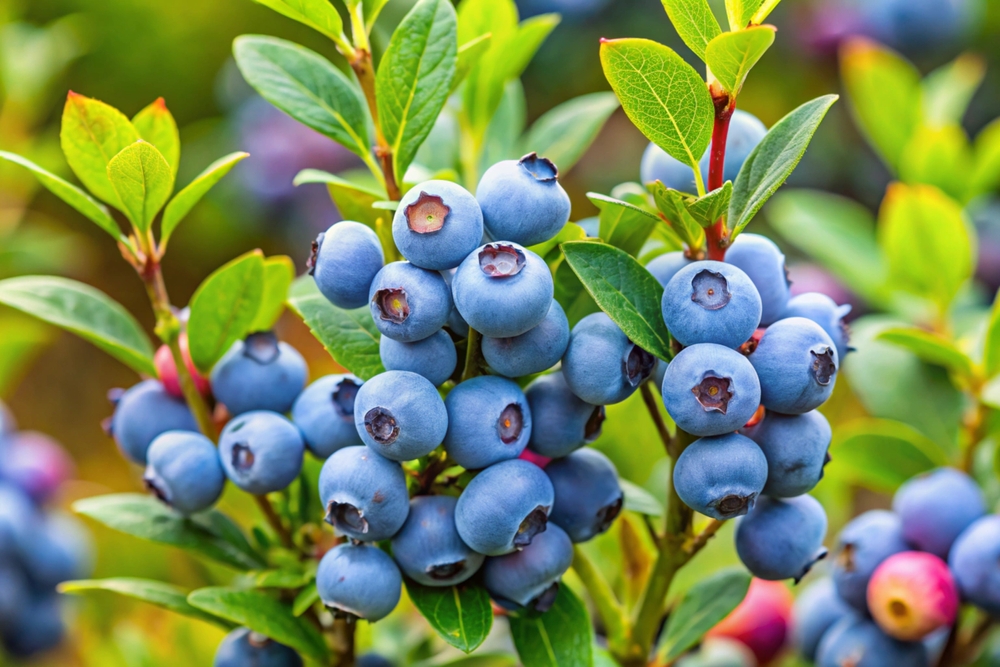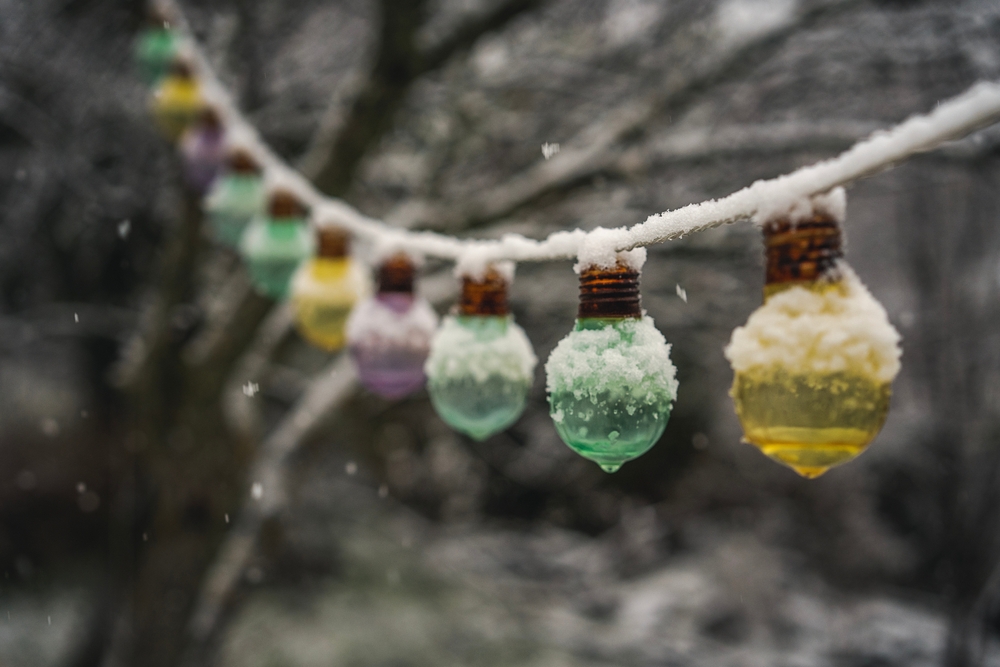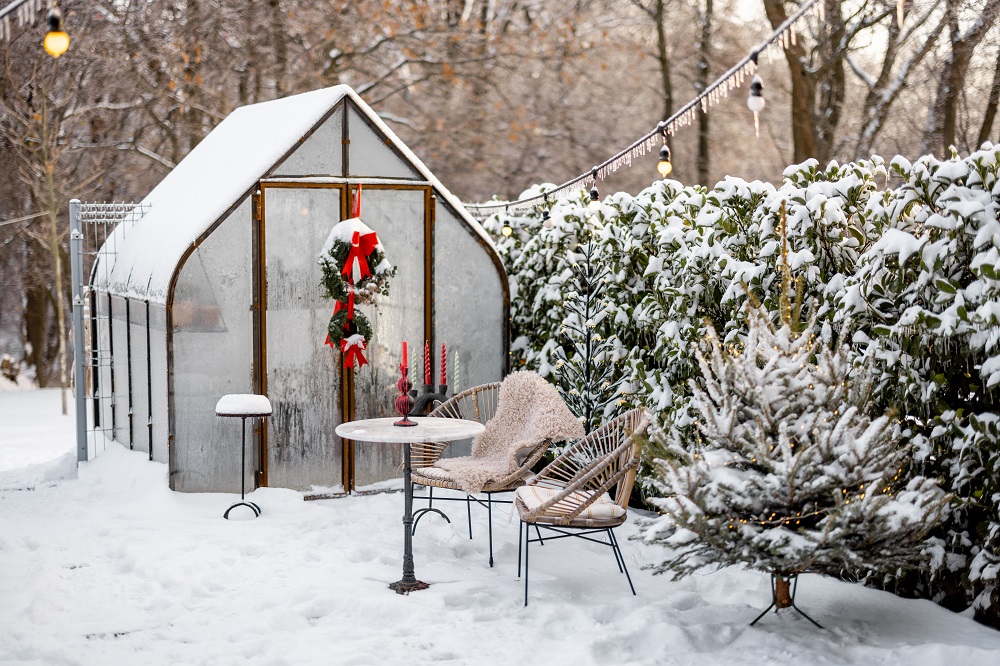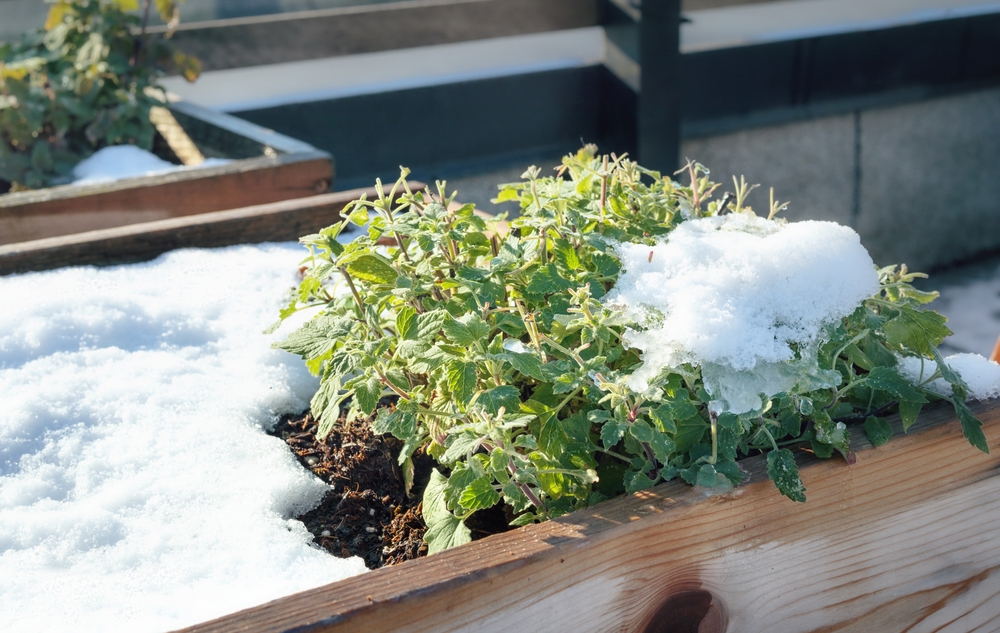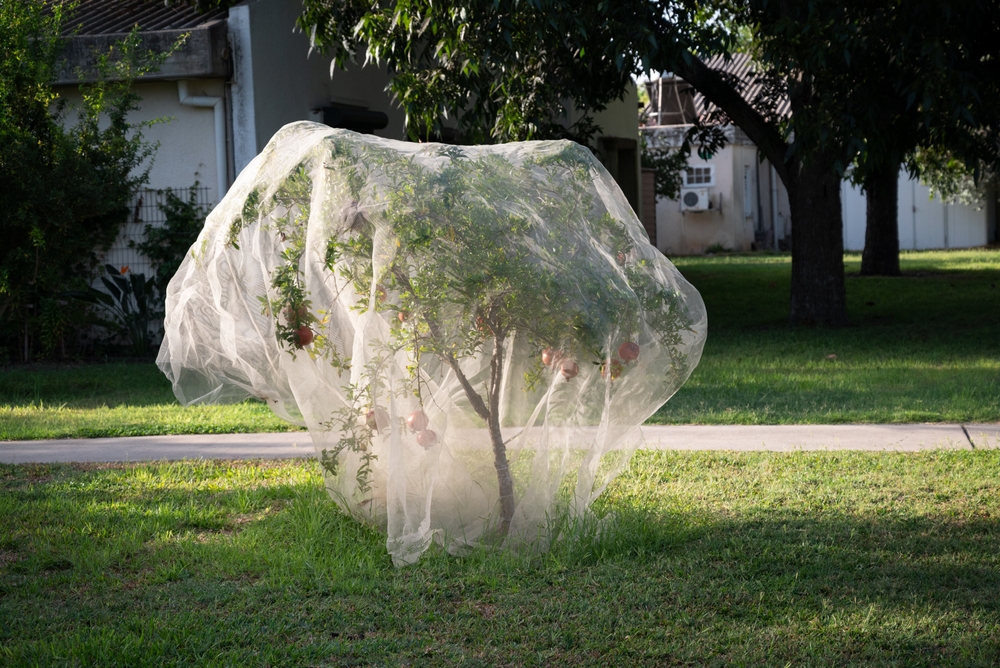Acclimating houseplants after summer is the key to healthy and happy year-round greenery!
If you’re cold, they’re cold too! When days become shorter, leaves are starting to fall, and the air becomes chilly, it’s only natural to bring your plants indoors. Especially if you have many plants that are tropical and dislike cold. Depending on the area you live in, begin the process of moving the plants at least a month before the date of the first expected snow.
But, because there is always a catch with plants and gardening in general, before rushing to do it, there are some things you must know before acclimating houseplants after summer. Novice gardeners will ask, “Which plants can I bring inside?” and “Will this one make it through the window if it’s a tropical plant?” “Will fertilizer be enough to make it thrive?” These and many other questions are frequently asked by people and for good reason.
For starters, don’t freak out! There is a solution for everything, and with the help of gardening experts, we will pinpoint a couple of steps you need to follow if you want to have happy and healthy plants throughout the winter season.
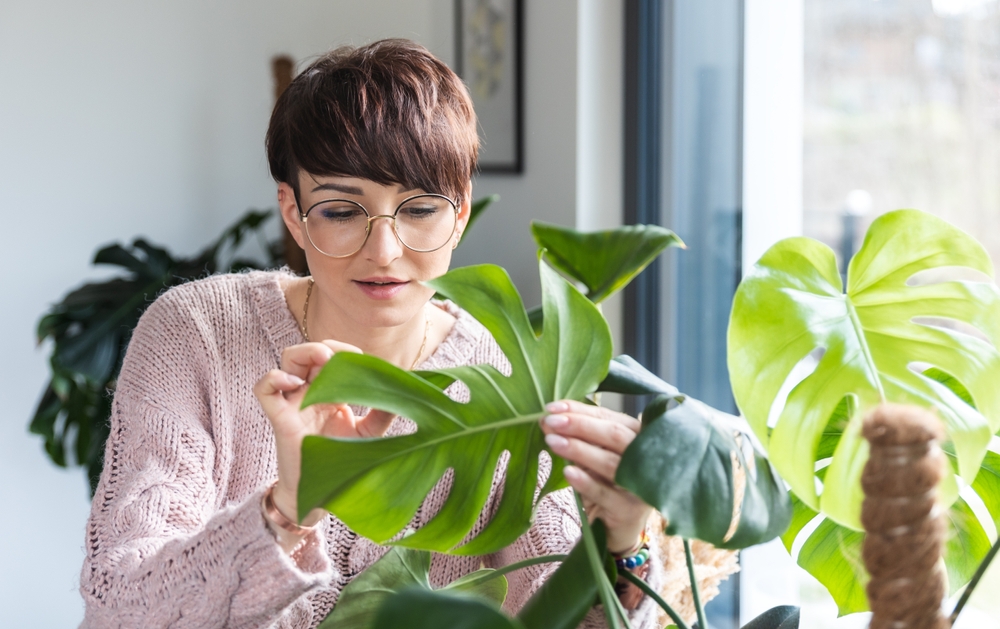
Always check them for pests
When acclimating houseplants after summer, it’s crucial to watch out for pests. It might be a tedious task, but if you don’t want a house full of uninvited guests with 6 or more legs, I’d advise you to take time and inspect your plants carefully. Even if you were using various methods to combat critters from eating your plants during the summer, it’s mandatory to examine everything carefully, including the soil, the tops and bottoms of the leaves, and even the pot’s drainage holes, which are occasionally hiding places for slugs.
Certain insects are too tiny for the human eye to see; that’s why it would be easier if you slid a piece of plain paper beneath the leaves and gently shook the foliage. There can be an insect problem on the paper if it has small black dots all over it.
If you’re lucky and the plant isn’t too big, submerge it in a bucket with soapy water. Let it sit for about an hour then make sure you rinse it carefully. If the plant is bigger, use a hose to wash the stems and leaves and apply an insecticidal soap on it.
Repot if necessary
You could decide to repot your plant if it was previously in an outside pot for a variety of reasons. For example, your plant might be outgrowing its current container or you might just wish to switch up the pot for one that will match your indoor décor and ambiance.
If you must repot your plants, why not buy a brand new set of pots? For just $23, you can buy a pack of 6. These ceramic planters feature drainage holes and vibrant mandala paintings, perfect for small plants like succulents, aloe, or cacti. Trust me, you’re going to love them!
Reduce fertilizing the plants
When acclimating houseplants after summer, it is important to stop giving them fertilizer a month before bringing them into the house. Why? This will stop the new growth that is most vulnerable to the shock of the transition. The winter dormant season is not the time to encourage new development. The plant refuels during this time in preparation for spring development and often blooms.
Fertilize lightly once the plant has become indoors, following your regular wintertime routine. Any fertilizer used in the cold, low-light months has to be properly diluted or use a mild, slow-release solution so as not to overfeed the plant.
Most plants don’t grow in the winter as part of their life cycle. A high-nitrogen diet is not necessary for them since it will not accelerate growth. For winter feeding, it is best to apply a thin layer of compost over the soil’s surface. The roots will receive the nutrients from this as they gradually decompose, and they will be healthy.
When bringing a plant indoors, be mindful of its needs
Without the proper circumstances, even the hardest outdoor container plant would struggle indoors. The following are some things to remember: Sunlight is crucial because the plant needs all the outdoor light, so it might be best to place it somewhere near the window.
Then drainage is super important because poor drainage can lead to unhealthy growth of the plants. Also, don’t forget to have proper air circulation and humidity. If the interior of your home is super dry because of heating, try misting the plant’s leaves more often, like twice a week.
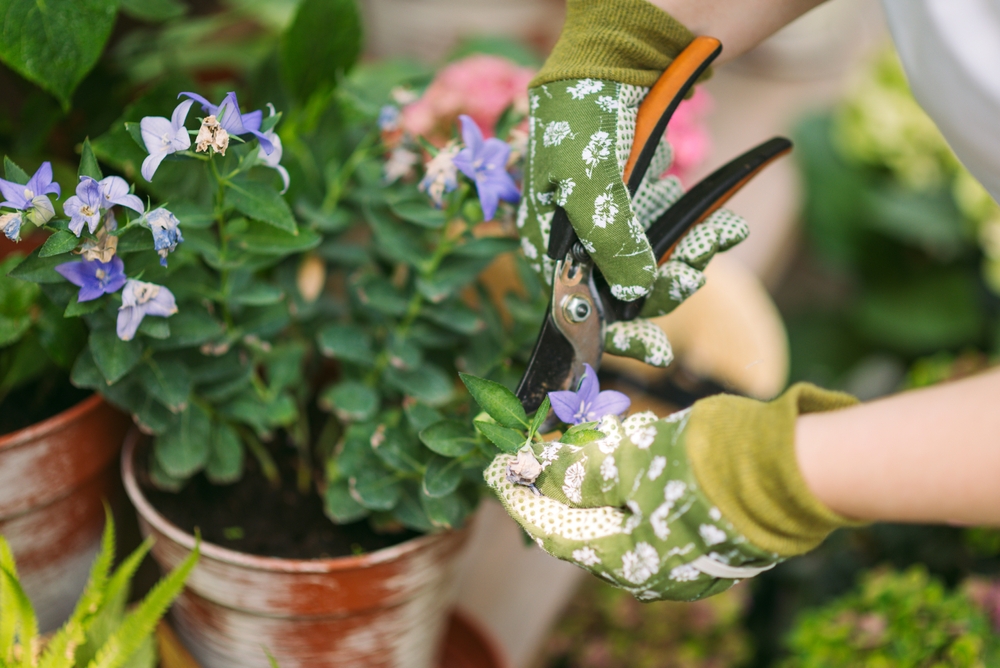
Prune and deadhead
During their time outside, the plants probably got very large, that’s why it is necessary to remove dead flower heads before bringing them indoors. Houseplants may be kept smaller by pruning them as needed, and any extra stems can be removed. Remove any dead stems and leaves. Furthermore, it is necessary to remove any fallen plant matter from the top of the soil as it may serve as a home for pests.
When houseplants outgrow their pots, repot them by either splitting the plant or transplanting it to a larger pot, as needed. Now is an excellent time to take cuttings and root them in water to create more plants.
Keep your plants out of reach of pets and kids
And this applies even to plants that aren’t toxic! I recommend you do this, especially for cacti or plants with big leaves that most dogs and kids at the same time would be tempted to munch on.
Take your space into consideration
Yep, unfortunately, this is something you should be mindful about when acclimating houseplants after summer. It is mandatory to think about how much of your home’s space is available for plants and how many would survive outdoors if you can’t bring them in.
When the time comes, give special attention to the plants that hold special importance for you or would need a significant investment to replace them.
That’s it! I hope this was helpful, and for any other questions regarding this topic, feel free to drop them in the comments section below.
Related article: 8 Luxurious Indoor Plants That Make Your Home Elegant.

